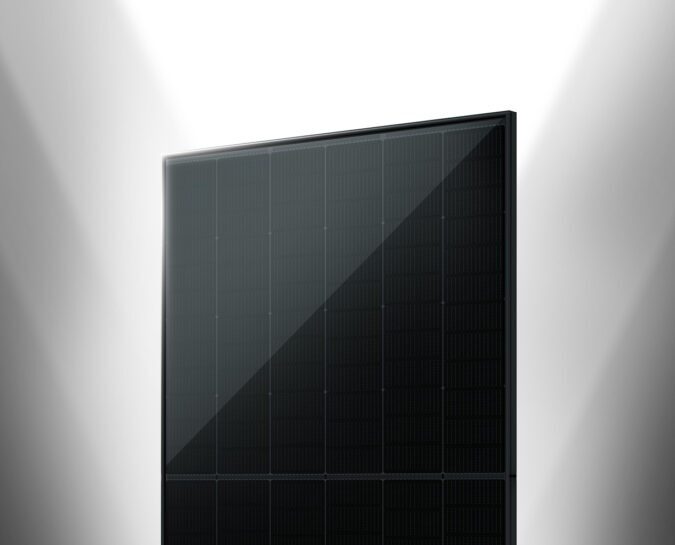Scientists led by Sweden's Linköping University have developed organic solar cells using various environmentally friendly solvents to identify key factors influencing the cells' morphology.
The scientists said that morphology optimization has been crucial in achieving power conversion efficiencies (PCE) exceeding 20% in organic solar cells. Their paper – “Equally High Efficiencies of Organic Solar Cells Processed from Different Solvents Reveal Key Factors for Morphology Control,” recently published in Nature Energy – underscores the widely accepted role of processing solvents in optimizing morphology to enhance PCE.
Rui Zhang, the lead author of the study, said that it is important to understand the entire solar cell manufacturing process in order to choose the right solvent.
“This includes knowing the initial structures of the solution, observing the dynamic processes during evaporation and checking the final structure of the solar cell film,” added Zhang.
The team mapped the molecule interaction between the materials transporting the electrons and the solvent by using a series of advanced synchrotron X-ray and neutron techniques. This allowed them to develop a design principle for organic solar cells, found to work for many different harmless solvents.
The design principle was tested by developing a novel acceptor material, BTP-TO2, incorporating an oligo (ethylene glycol) side chain attached to the central nitrogen atom of its benzotriazole unit. The scientists said BTP-TO2 leads to similar active layer morphology when processed from a wide range of solvents, both halogenated and non-halogenated. This process was found to fabricate solar cells that consistently demonstrated PCEs around 19%.
The researchers then investigated the intrinsic molecular conformations and interactions in the solution and film states at the nano-scale level, to identify the morphological design rules for non-fullerene-based organic solar cell blends.
The study outlines key design principles to enhance the performance of organic solar cells. It emphasizes improving the interaction between the side chains of non-fullerene acceptors and the solvent to maintain stable molecular conformations across various solutions.
It also calls for a reduction in intermolecular interactions between polymer donors and non-fullerene acceptors to encourage a rod-like conformation of the polymer donor. This configuration promotes its preferential precipitation, ensuring consistent blend film morphology regardless of film formation dynamics. These strategies aim to optimize the structure and efficiency of the solar cell material
The researchers said their understanding of morphology control could support practical applications requiring green solvents for large-scale processing. They suggested that water might serve as a solvent in the future.
Scientists from China’s Soochow University, the Chinese University of Hong Kong, the University of Arizona, the University of Illinois, Tennessee’s Oak Ridge National Laboratory, California’s Lawrence Berkeley National Laboratory, and the Institute of Macromolecular Chemistry of the Czech Academy of Sciences all contributed to the research.
This content is protected by copyright and may not be reused. If you want to cooperate with us and would like to reuse some of our content, please contact: editors@pv-magazine.com.




By submitting this form you agree to pv magazine using your data for the purposes of publishing your comment.
Your personal data will only be disclosed or otherwise transmitted to third parties for the purposes of spam filtering or if this is necessary for technical maintenance of the website. Any other transfer to third parties will not take place unless this is justified on the basis of applicable data protection regulations or if pv magazine is legally obliged to do so.
You may revoke this consent at any time with effect for the future, in which case your personal data will be deleted immediately. Otherwise, your data will be deleted if pv magazine has processed your request or the purpose of data storage is fulfilled.
Further information on data privacy can be found in our Data Protection Policy.